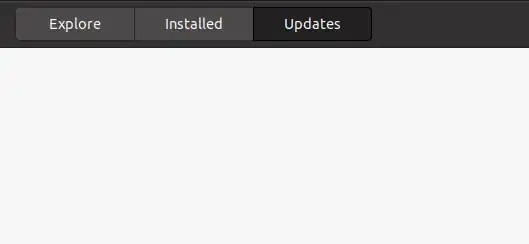My X1 Thinkpad was running some Lenovo-specific updates provided through Gnome-Software. I shut down without realizing they were running. Now I can boot into the Bios or an external thumb drive but I cannot boot into Ubuntu. I was able to boot to a Boot Repair disk that generated this Pastebin:
https://pastebin.ubuntu.com/p/TqtJ459Vnm/
which concludes with "Suggested repair: The default repair of the Boot-Repair utility would not act on the boot."
I'm not sure where to go from here.
FWIW, the updates weren't from Synaptic. They appear in the suitcase icon "Software" app, under the "Updates" tab and are usually Thinkpad or Lenovo specific.
Updated: I edited the question to clarify what I actually know. I made some assumptions initially (ie. that I don't have a boot loader) and I'm not sure they're correct.
Update 2: this definitely wasn't an OS update.
